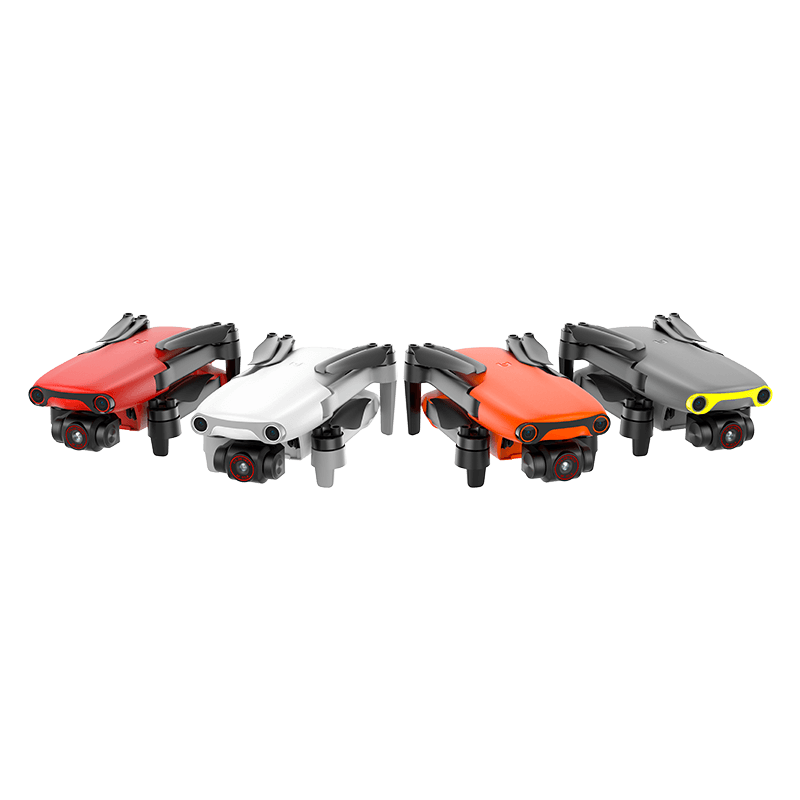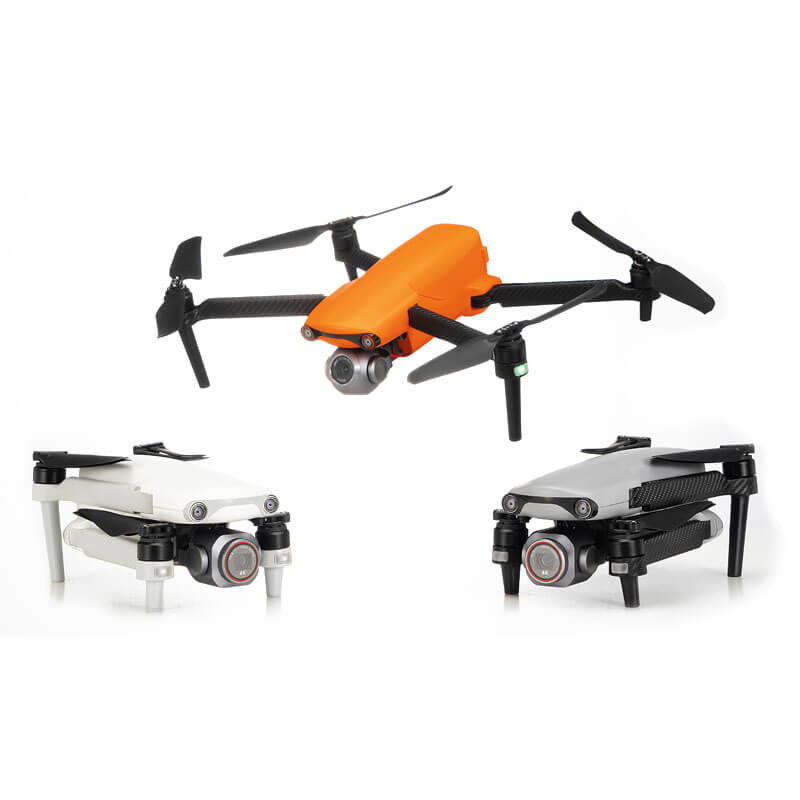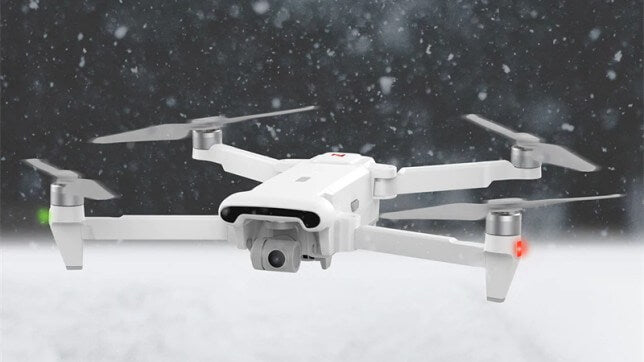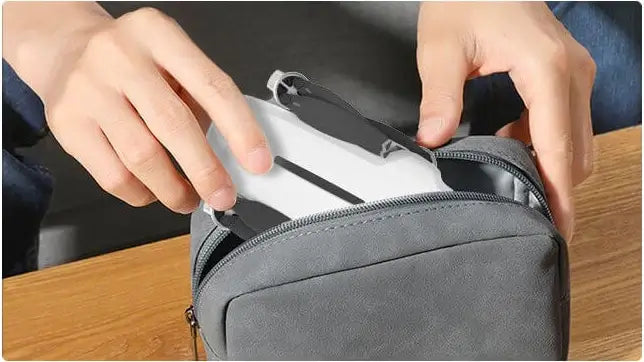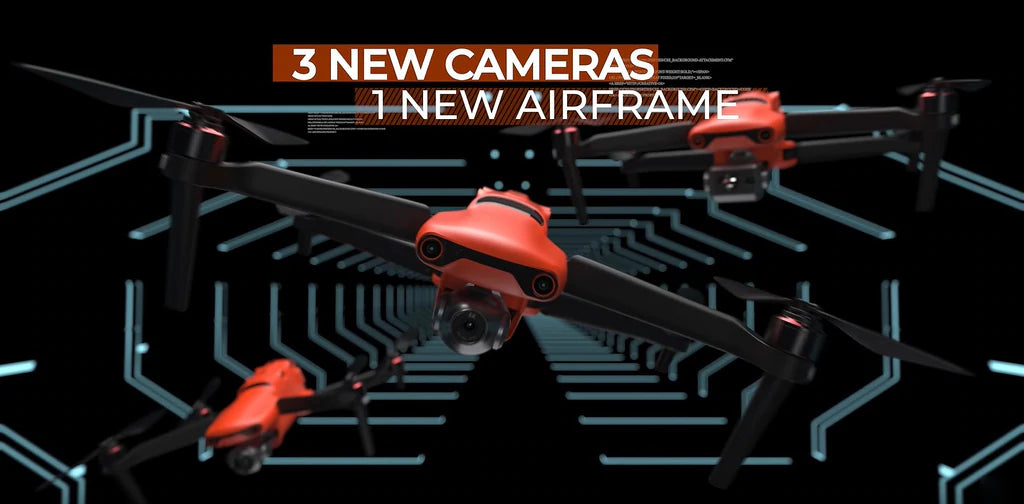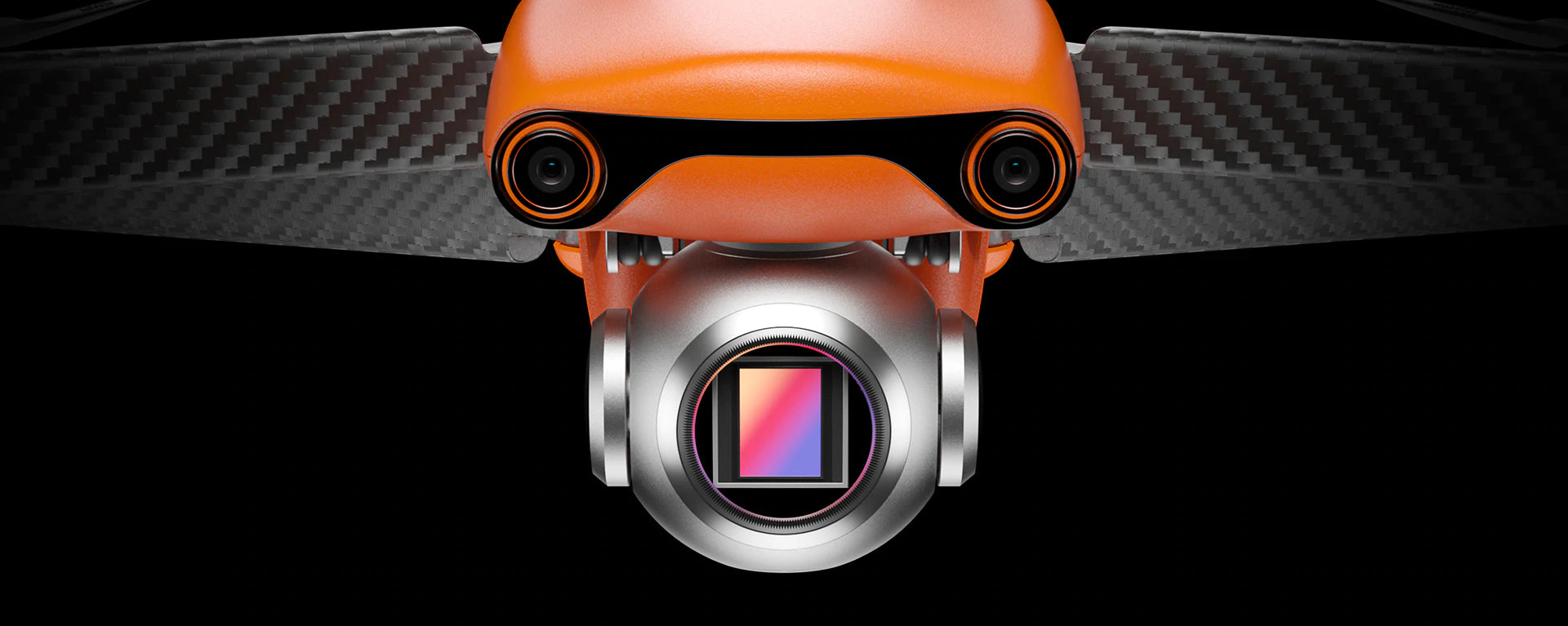The high-definition camera drone produced by Autel Robot has a long battery life under night scene shooting, and the picture is well-lit and clear.
DJI's new DJI Action 2 reimagines what an action camera can do. The interchangeable and adaptive magnetic design opens up new horizons to make every video stand out, with unique framing, capture and surveillance camera tools that reflect DJI's unparalleled expertise in stabilization systems. Smaller, more versatile and more powerful than its predecessor, DJI Action 2 gives everyone the tools and confidence to capture life's adventures in crystal-clear 4K.
While most people use drones during the day, drones can be more engaging and fun at night. Night flights allow you to take stunning photos of fireworks, brightly lit castles, cities with night traffic, or open-air concerts. But taking pictures at night requires a high-quality camera and tweaking some specific settings on the drone. Also, flying at night is always very dangerous because your visibility is not the same as during the day. Wind also plays a role here. The higher you go, the stronger the wind will be. Let's see how to take great photos at night.
So can the Autel EVO Nano drone take pictures at night?
Yes, drones can take good pictures even at night. Most drones have specific night flight settings that must be adjusted for night photography. Important flight settings to adjust are: image format RAW (DNG), ISO settings, mechanical shutter, gimbal, front LED and tripod mode.
As a hobbyist, can I fly an Autel Robotics drone at night?

Yes, you can! If you are an amateur, you do not need a night flying license. All you need to do is follow certain Federal Aviation Administration (FAA) safe flight rules. If you follow these rules and don't lose or crash your drone, you will have no legal problems. Some nighttime flight rules are: avoid flying near airports, fly drones that weigh less than 55 pounds, and fly drones within line of sight.
How to take stunning photos with Autel EVO Lite at night?
If you have a super stable drone, a good camera mounted on a 3-axis gimbal, all you have to do now is take a good night scene. The first thing you need to do is switch to manual mode so you can choose your settings. Lower the ISO value to 100 or as low as possible for a brighter image. You also need to increase the shutter speed. To drag the brightest light onto a photo, a shutter speed of 5 to 8 seconds is perfect. To do this, first test different shutter speeds until you find the right one. It all depends on the result you want to achieve, stability or wind in flight. You should also turn off the front LED on the drone so you don't get any red ink on your photos. White balance is also important. You can manually adjust the white balance through the camera, and then adjust as necessary based on ambient light.
Finally, set the picture format to RAW (DNG). RAW format has a larger dynamic range than JPEG: 2 to 4 EV, and most importantly, it can manage and compensate for exposure issues or baseline balance on image processing software in post-production. The only restrictions here are those imposed by your environment. Let your imagination run wild by using different light sources and using reflections to your advantage. As you can see, taking nighttime aerial photos is fairly easy when you know the right settings. Finally, take a few more photos during the flight, that's the key!
Special knowledge points:

FOCUS - If your drone has manual focus, turn it on. Turn on manual focus assist and start rack focus until you see the lights and the buildings are super clear and sharp. Once you see a clear image, it's time to start.
ISO - A measure of how sensitive the camera is to light. A lower ISO value will make your image darker. The higher the ISO value, the brighter the image.
Aperture - is the hole or opening that allows light to enter the camera. It can be controlled through the lens or camera. The lower the value, the brighter the image, and the higher the value, the darker the image.
Shutter speed - also known as exposure time, is a measure of how long the camera shutter is exposed to light. This is in seconds or fractions of a second (1 second, 1/4 second, 1/8 second, etc.).

